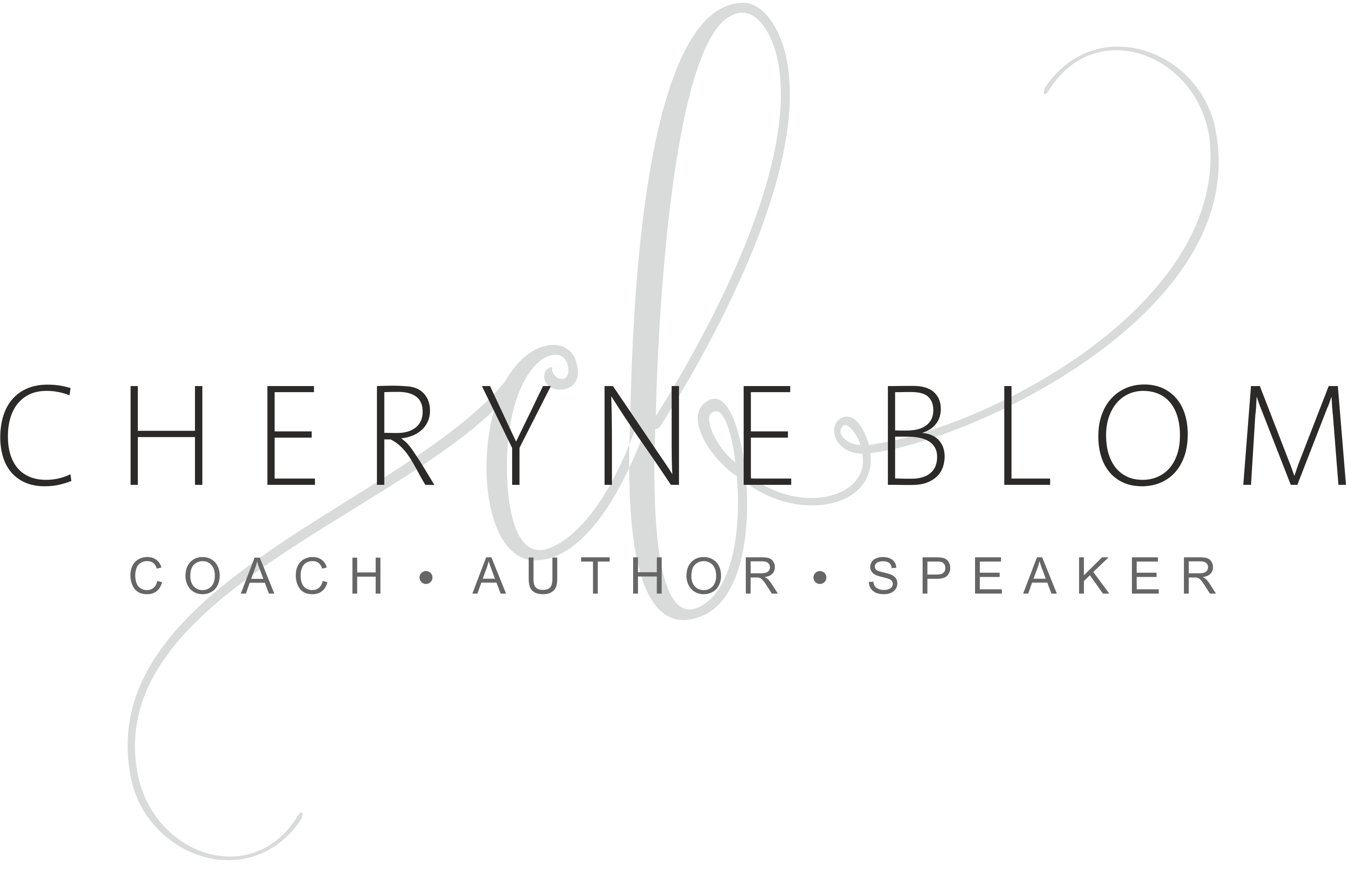
The Art of Flexibility
We all know that feeling of disappointment when things don’t go our way. We build up expectations or make plans in our minds and then smack, we are met with a twist or a turn that breaks our expectations, leaving us in a space of frustration and uncertainty.
Very often, though, it’s not the situation that causes us disappointment or stress but actually the meaning we have attached to the situation. For example, I remember as a child, having to cancel a party I had planned with my friends. It was not only the disappointment of missing out on the fun we were going to have but also thinking that I was letting everyone down, that they would judge me or be angry with me and possibly not want to be my friend anymore. I created such a story in my head around letting everyone down that it caused me (and my poor parents, incredible stress and anxiety). So it wasn’t the actual cancelling of the party which was stressing me out, but the meanings of letting everyone down that was actually causing stress.
When we get stuck in such negative or RIGID Thinking we leave no room for any other perspective and the inner narrative or story only creates more disappointment and self-pity. ByRigid Thinking I refer to thoughts that are fixed, immovable and hard like a rock. Our reality becomes one dimensional and we leave no space for movement or alternative thinking.
So the antidote to rigid thinking and the pathway to being more resilient and positive in situations of frustration and uncertainty is learning the ART OF BEING FLEXIBLE!
In my Mindfulness Classes for kids I give them each a rock which represents rigid thinking and they hold their rock and feel the toughness and rigidity of it. And then I give them play dough to represent being malleable, bendable, adaptable and knowing that they can turn that piece of play dough into any way they chose. This helps give them a tactile reference point of what being malleable feels like.
I LOVE the word malleable as it reminds me of the agility of Bamboo, being able to move with its surroundings without breaking. Having the ability to stay deeply grounded and certain within itself, yet being flexible and agile to move with change.
So here are my 7 keys for learning The Art of Flexibility:
Acceptance versus Expectations
Let go of unrealistic expectations on yourself and others. Let go of fear of disappointing others and learn how to accept that where you are now is perfect. One of the greatest quotes I live my life by now is knowing that not getting what you want, is sometimes the greatest gift of all (Dalai Lama).
Acceptance means allowing yourself to be comfortable and open to where you are now and accept the situation instead of resisting it or controlling your outcome.
Appreciate the NOW
Focus on the present moment and not what MAY happen in the future. Allow yourself to relax into your surroundings and embrace what is around you right now. Flexibility means stretching yourself out of the past and out of the future and standing still in the present moment.
Focus on the LESSONS
Everything happens for a reason! So what are the lessons this situation is offering you. As you challenge your rigid thinking and extend your focus to your lessons you extend your focus and open yourself up to multiple perspectives.
Trusting the FLOW
Not only is this about going with the flow, it is also about trusting the flow and trusting the path you are on. Flexibility means moving with the tides of change or adversity and hanging on and enjoying the ride.
Trust is a HUGE component of flexibility. As you leave fear behind and adjust your thinking towards trust you allow yourself to embrace the journey of uncertainty.
Adaptability
This refers to behavioral flexibility, which is your ability to adjust your behavior and keep on adjusting until you win or overcome your current challenge. This means you keep asking yourself, what more can I do, how can I adjust, how can I adapt, how can I reinvent myself, or what else can I do?
Reframing
Reframing is the most powerful resilience tool I know and definitely requires the art of flexibility. This involves being able to change the meaning you are holding on a situation and adjusting and adjusting until you find the best positive connotation which leaves you feeling empowered and inspired.
For example, instead of worrying about difficult people and letting them dis empower me, I aim to turn the situation around and reframe it in my mind. So instead of them being difficult, I create a reframe by making them my Zen teachers, helping me find the best aspects of myself and stay true to myself.
Humor
Nothing feels better than a good laugh. Humor instantly lightens us and ensures we do not take ourselves or our situations too seriously. Being flexible here means you extend your thoughts to find the humour and especially the joy in your current situation.
For me this has been my most powerful tool to keep myself happy, because instead of there being a drama series playing in my inner story, I have fun with my stressful and negative thoughts and find some way to play with them. For example, one thing I do when I hear myself indulging in a pity party is to turn that voice inside my head into an irritating, high pitched voice, which helps me laugh at myself and step back from my sorrow and view the situation from a place of wisdom instead of pity.
Best of all your body will love you for being flexible because it can let go of the tension and defensiveness of stress and flow and bend with the tides of your life.
Enjoy x








